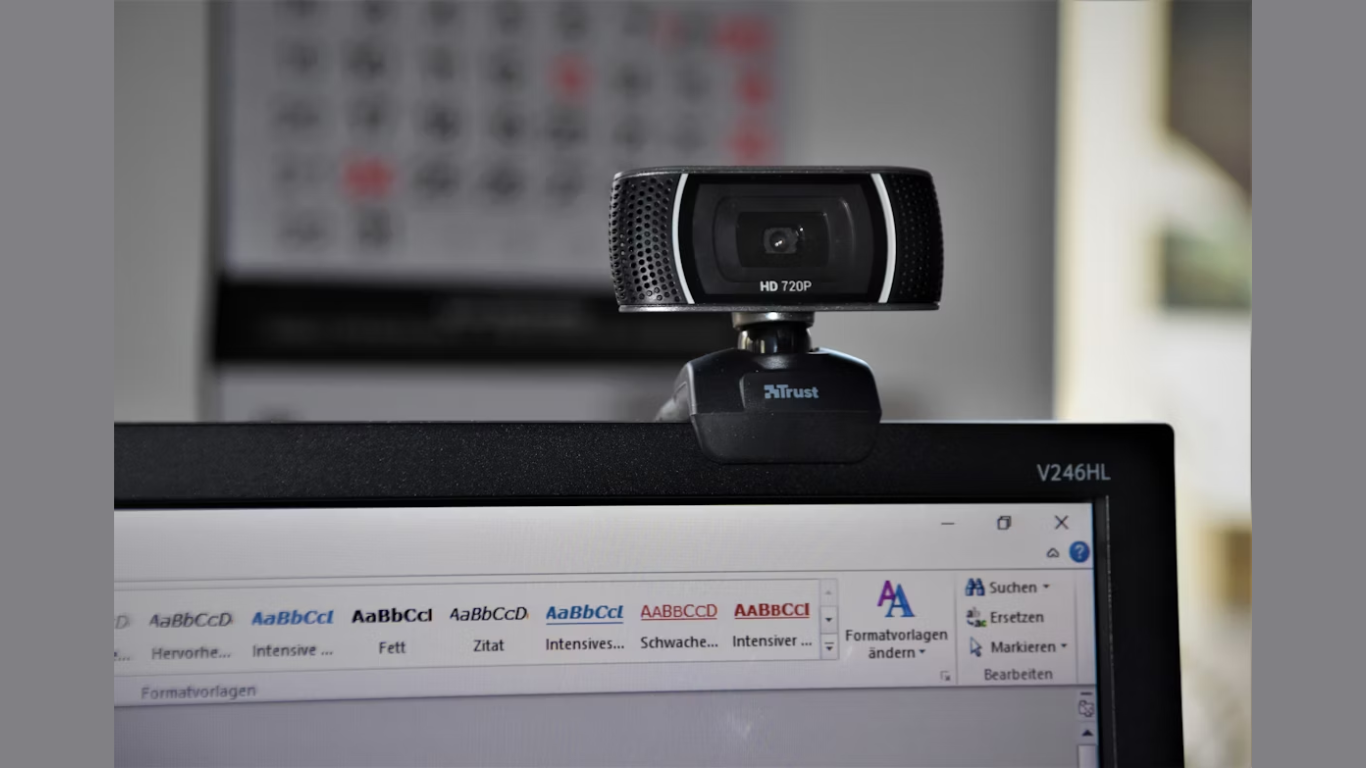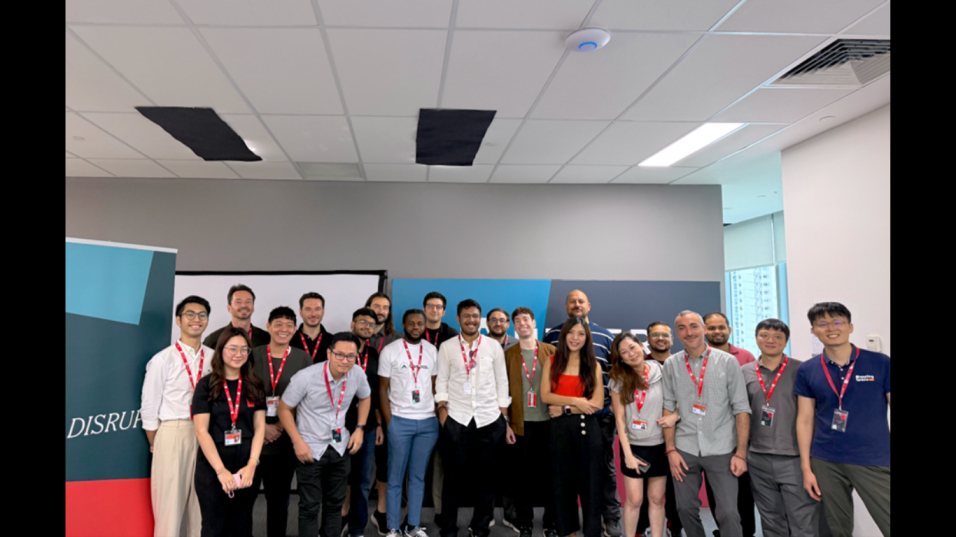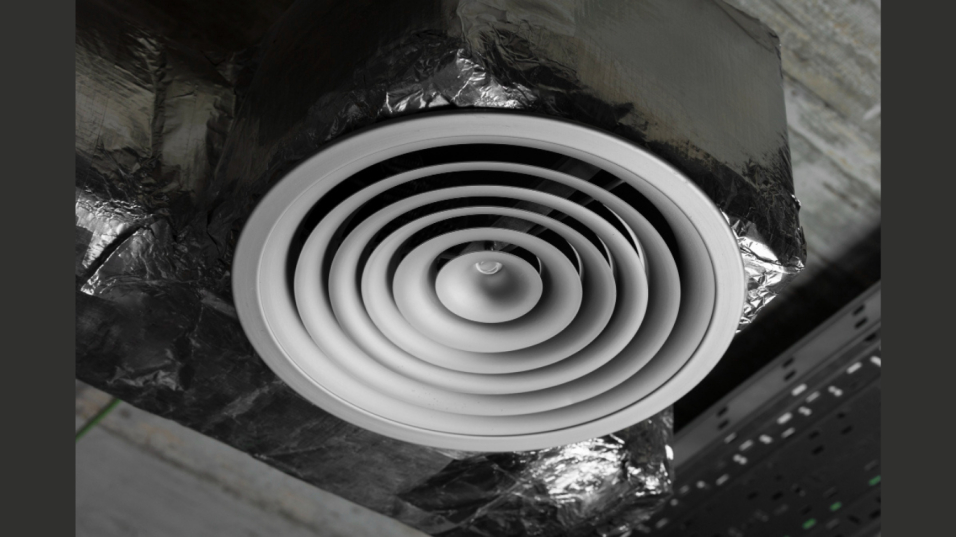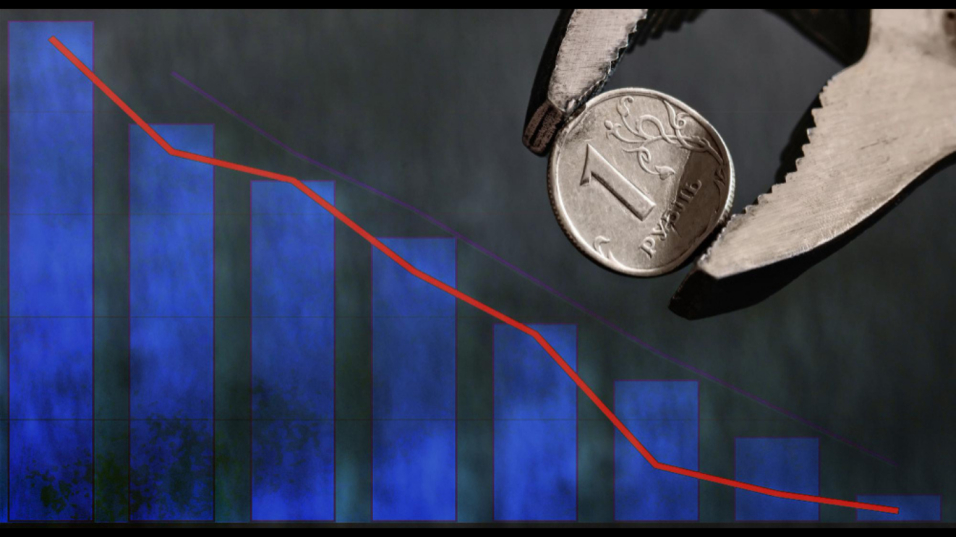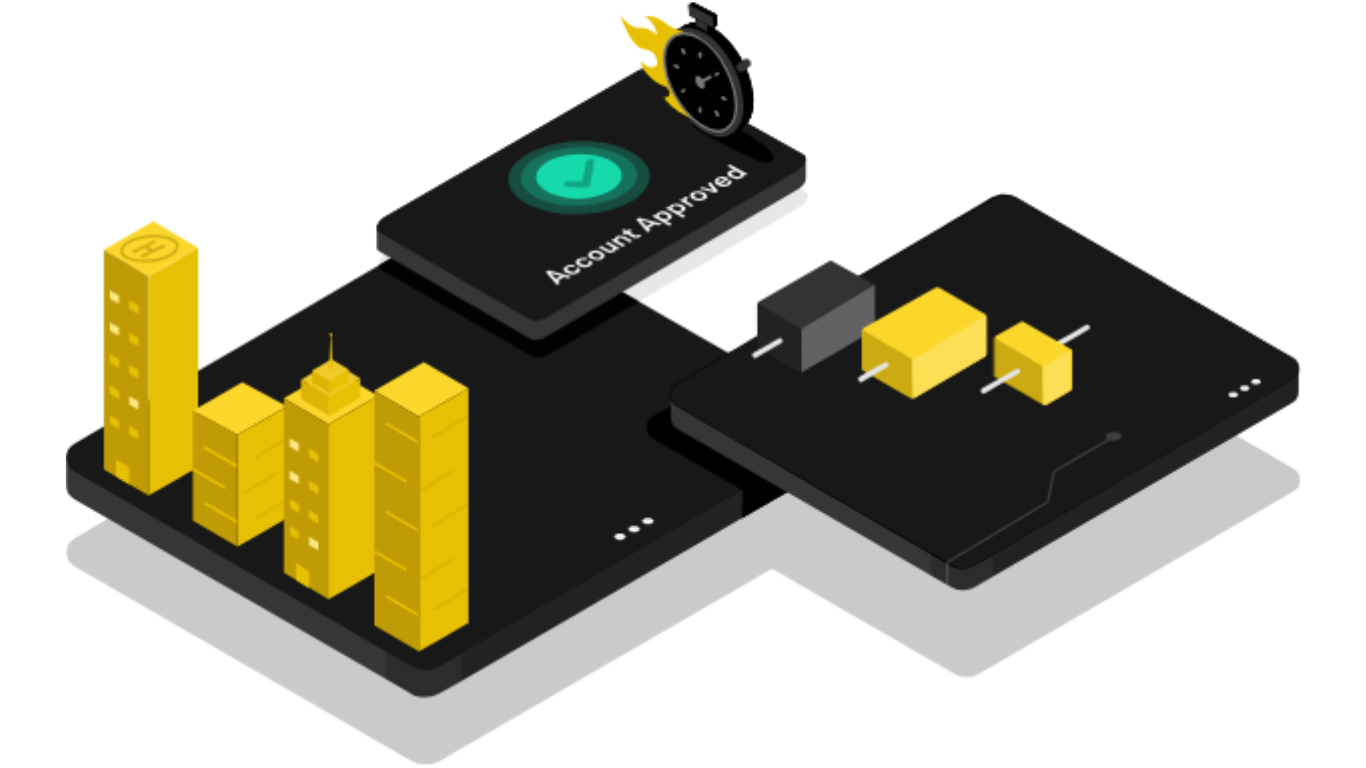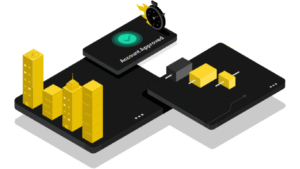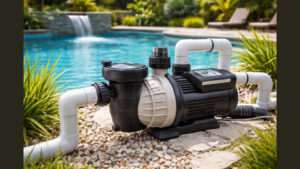To meet the increasing demands for connectivity in a host of industries, Low-Power Wide-Area Networks (LPWAN) have emerged as a revolutionary solution, particularly for remote monitoring applications. Remote monitoring refers to the collection, analysis, and reporting of data from a distance, often involving a variety of sensors and devices.
The necessity for energy-efficient, long-range communication systems has spurred the development of technologies such as LoRaWAN, which stands for Long Range Wide Area Network. Utilizing these networks effectively can lead to improved efficiencies, reduced operational costs, and enhanced data accuracy in various fields, including agriculture, healthcare, and environmental monitoring.
Understanding LoRaWAN Technology
LoRaWAN operates by using spread-spectrum technology, which is known for its robustness against interference. This method allows it to communicate over long distances (up to 15 kilometers or more) while consuming minimal power. LoRaWAN sensors can collect data autonomously, transmitting it to gateways that serve as the bridge to the internet or a private network. The sensors deployed in remote locations can be powered by batteries, which last for years, making LoRaWAN a convenient choice for applications that are difficult to access regularly.
These sensors are capable of monitoring environmental factors such as temperature, humidity, and soil moisture, which is useful in precision agriculture. The team behind Concept 13 says that integrating these LoRaWAN sensors into farming practices can significantly enhance crop yields while minimizing resource usage. Another advantage of LoRaWAN is its ability to support hundreds of thousands of devices within a single area, thanks to its low-frequency broadcast capabilities.
Revolutionizing Agriculture
Agricultural practices have witnessed a dramatic shift thanks to LPWAN technology. Smart farming techniques deploy sensors that can monitor soil health, crop health, and farm conditions. Moisture sensors integrated with LoRaWAN can provide real-time data about soil conditions, supporting the efficient use of water resources. Extensive studies show that using such technologies can lead to a reduction in water usage by up to 20%, enabling farmers to cultivate their land more sustainably.
These remote monitoring technologies allow for the automation of various farming tasks. Farmers can receive notifications related to pest outbreaks or irrigation levels directly to their smartphones or computers, enabling faster responses and more informed decision-making. As environmental consciousness grows, leveraging these advanced monitoring systems helps farmers contribute to sustainability without sacrificing productivity.
Transforming Healthcare Monitoring
LoRaWAN is making significant strides in the healthcare sector. Remote health monitoring systems utilize this technology to track patients’ vital signs and other health indicators from the comfort of their homes. These sensors can monitor blood pressure, heart rate, and glucose levels, important for patients with chronic illnesses. The impact of remote health monitoring extends beyond patient convenience; it can significantly reduce hospital visits and associated healthcare costs.
According to a recent study, remote monitoring has led to a 30% reduction in emergency room visits for chronic disease patients, reflecting both on the efficiency of healthcare delivery and patient satisfaction. These IoT devices transmit data to centralized healthcare systems, allowing healthcare providers to address issues proactively.
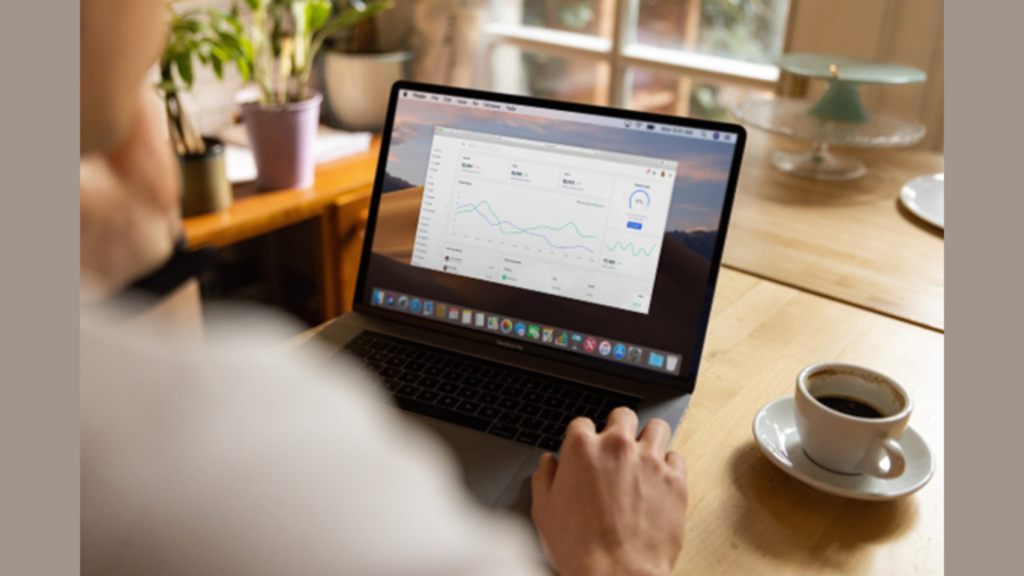
Environmental Monitoring and Smart Cities
Environmental monitoring is yet another field where LoRaWAN has established itself as a key player. Through the integration of sensors that monitor air quality, noise levels, and atmospheric conditions, cities can obtain accurate and timely data critical for urban planning and public health. Smart cities leverage this technology to optimize resource utilization, reduce energy consumption, and improve the quality of urban life.
Waste management can benefit from smart bins equipped with sensors that alert waste collectors when they are full, optimizing collection schedules and reducing operational costs. Research indicates that integrating such smart solutions can lead to a 15% reduction in carbon emissions in urban areas.
Challenges and Future Opportunities
Despite the numerous advantages, several challenges remain regarding the widespread adoption of LoRaWAN technology. Issues such as network security, regulatory hurdles, and interoperability between devices can hinder progress. Addressing these challenges requires collaboration among stakeholders, including manufacturers, telecom carriers, and standardization organizations.
Looking ahead, the future of remote monitoring appears promising. Continuous advancements in sensor technology and data analysis will likely enhance the capabilities of LPWAN systems. As industries become more interconnected and reliant on data-driven decisions, the necessity for robust, low-power connectivity will be paramount.
The inclusion of artificial intelligence and machine learning can further refine remote monitoring processes, allowing for predictive analytics and automated decision-making.
Low-Power Wide-Area Networks are transforming the way businesses approach remote monitoring across multiple industries. From agriculture to healthcare and smart city initiatives, the effective use of LoRaWAN technology is paving the way for enhanced efficiencies and data-driven decision-making. Addressing the challenges ahead will be critical to maximizing the benefits of these powerful networks.
Blog received via Mail


